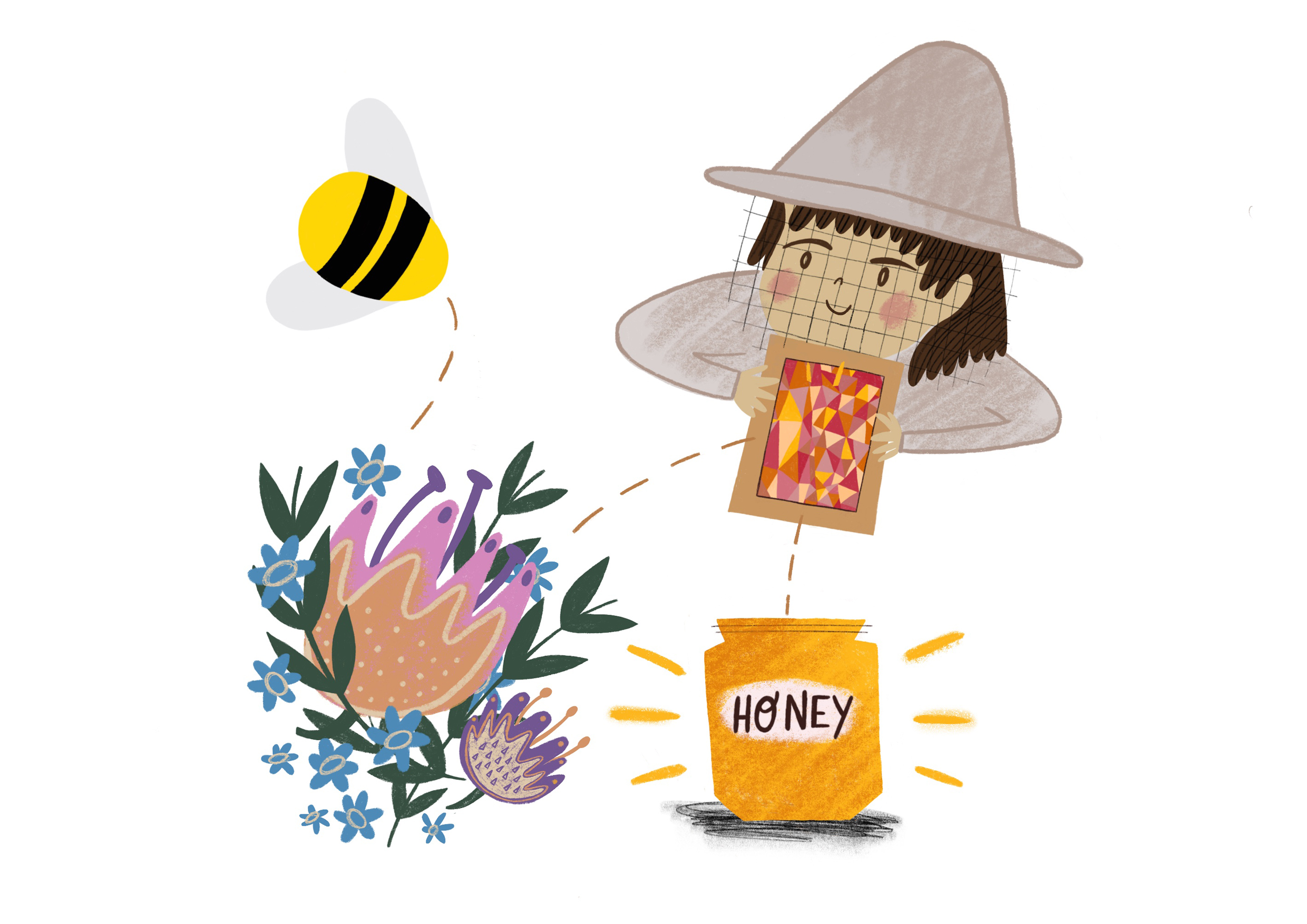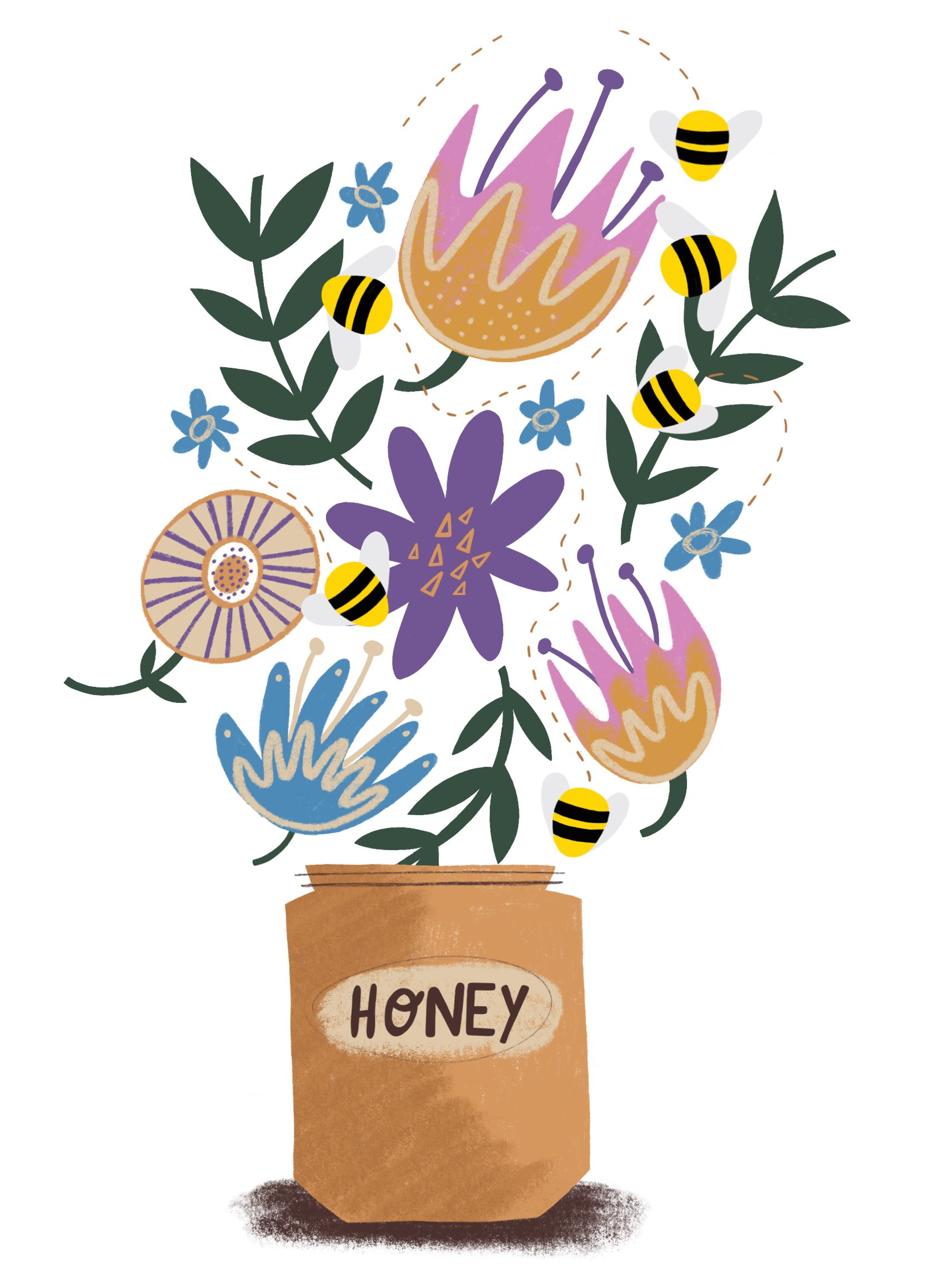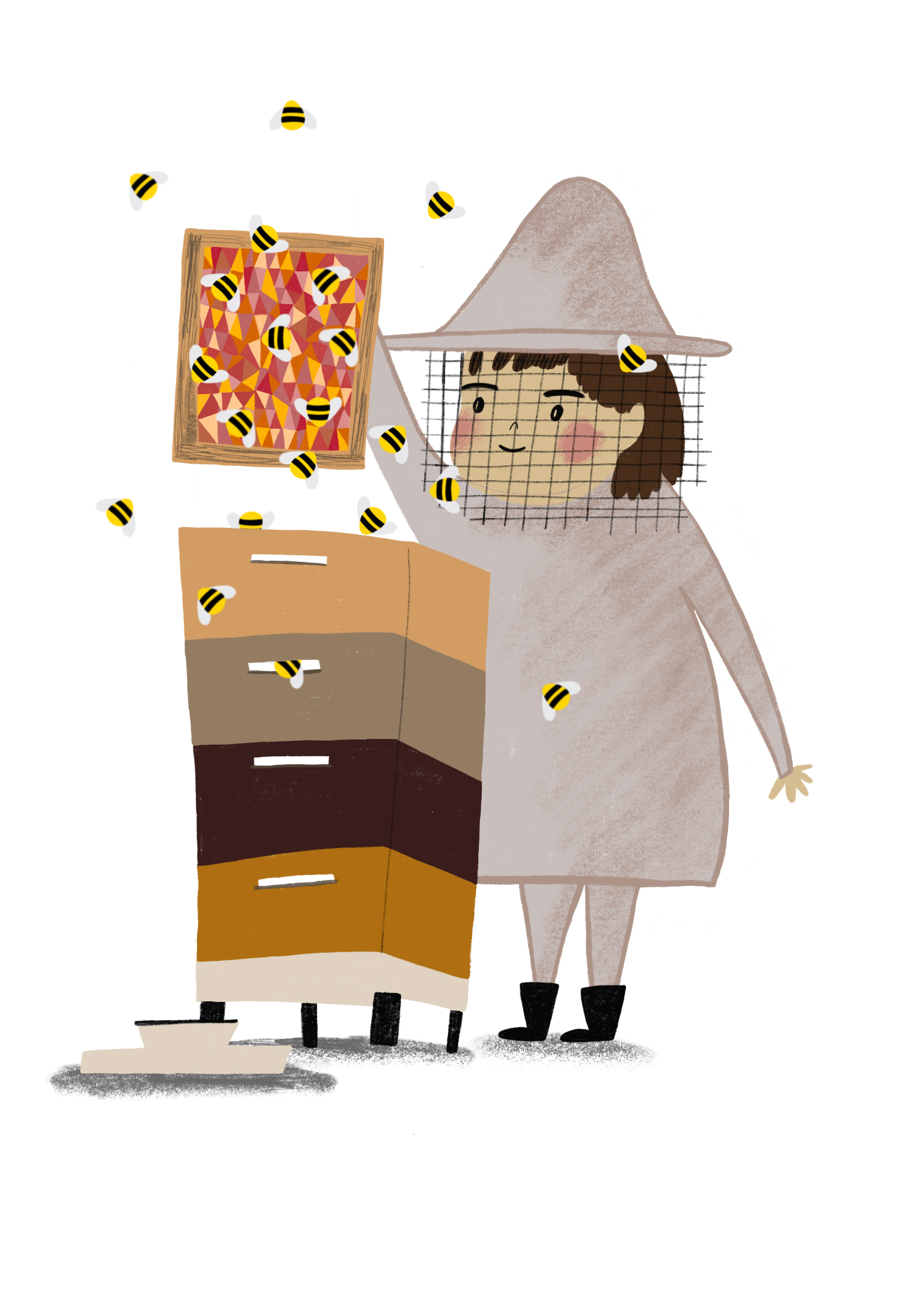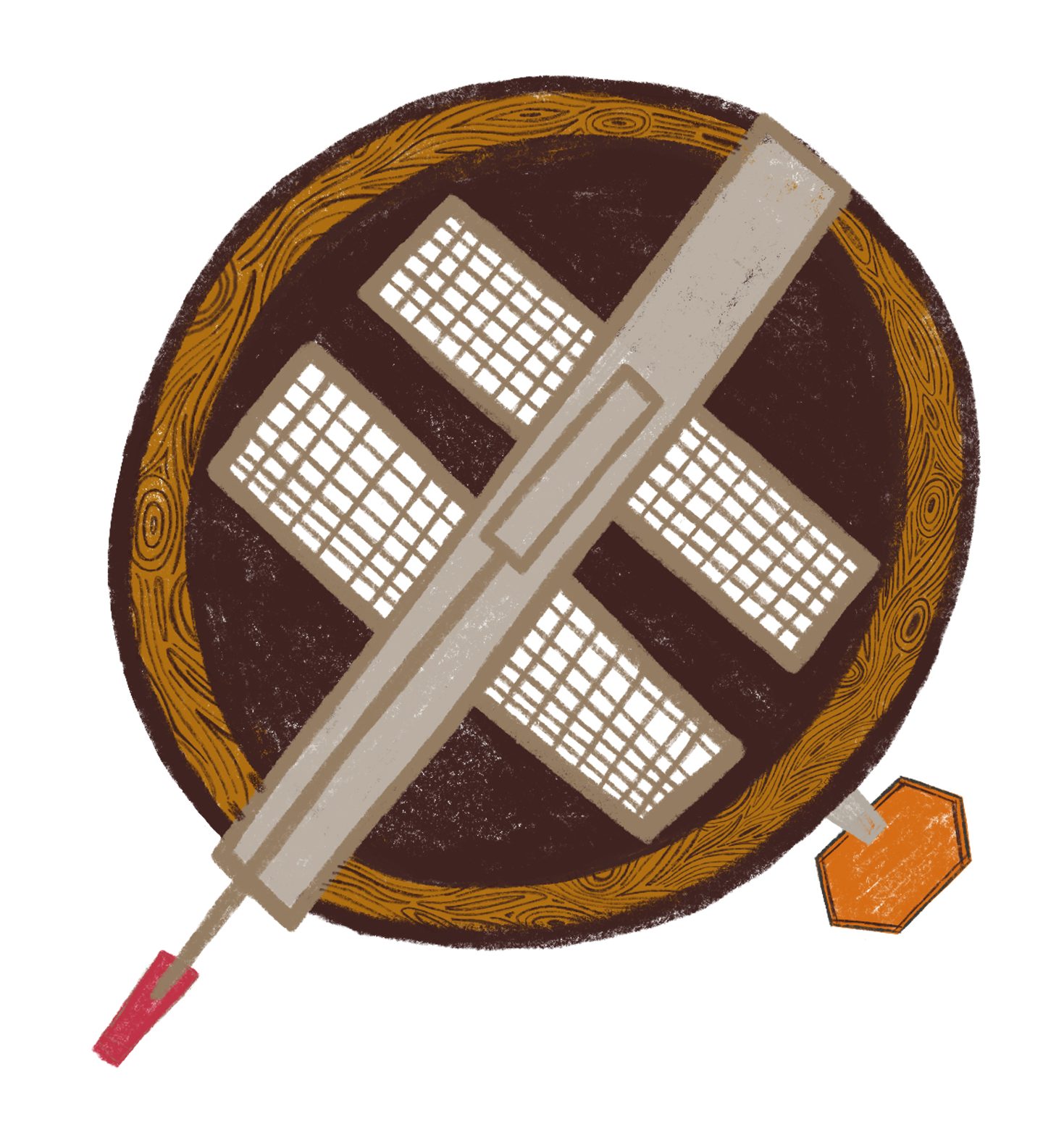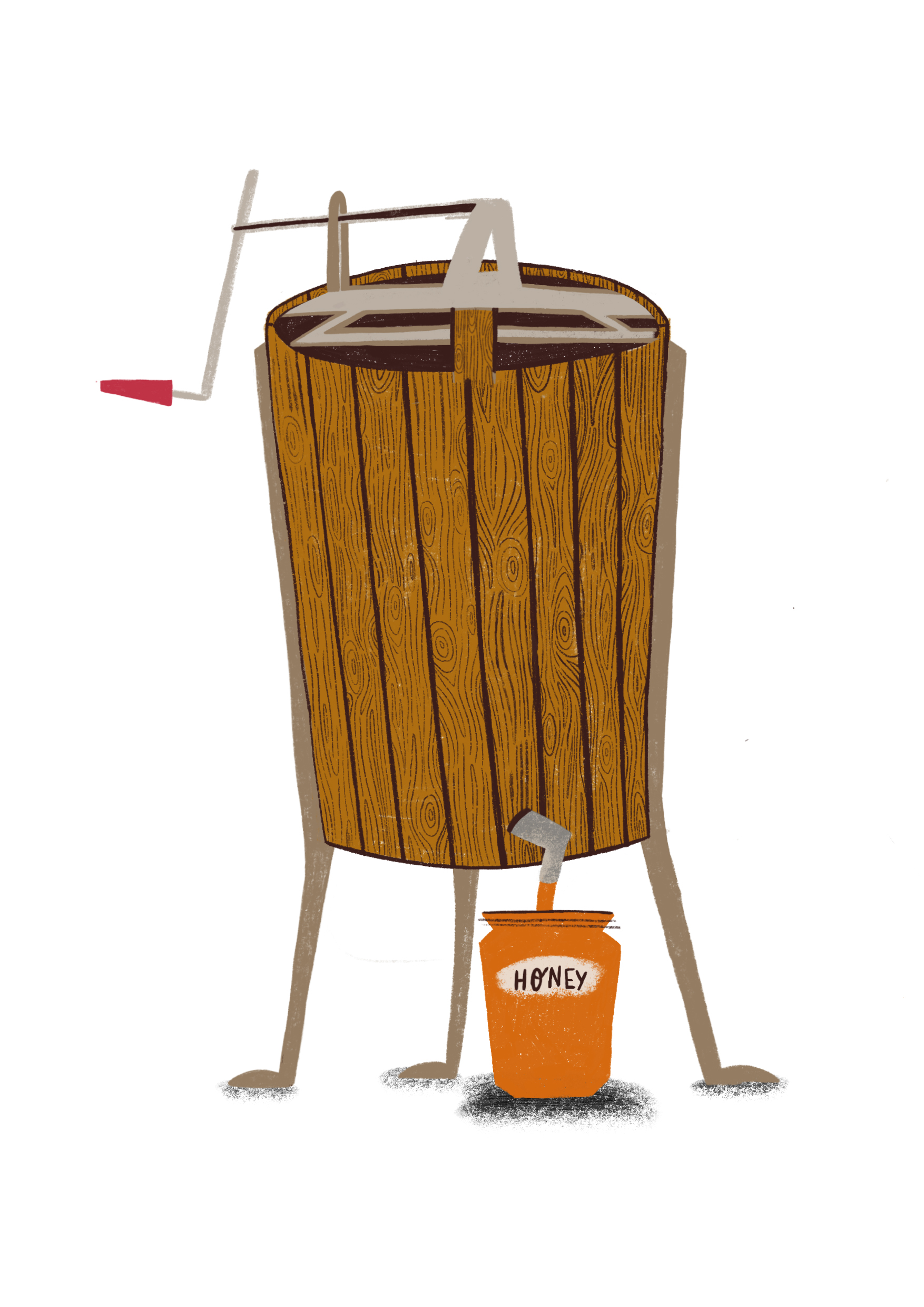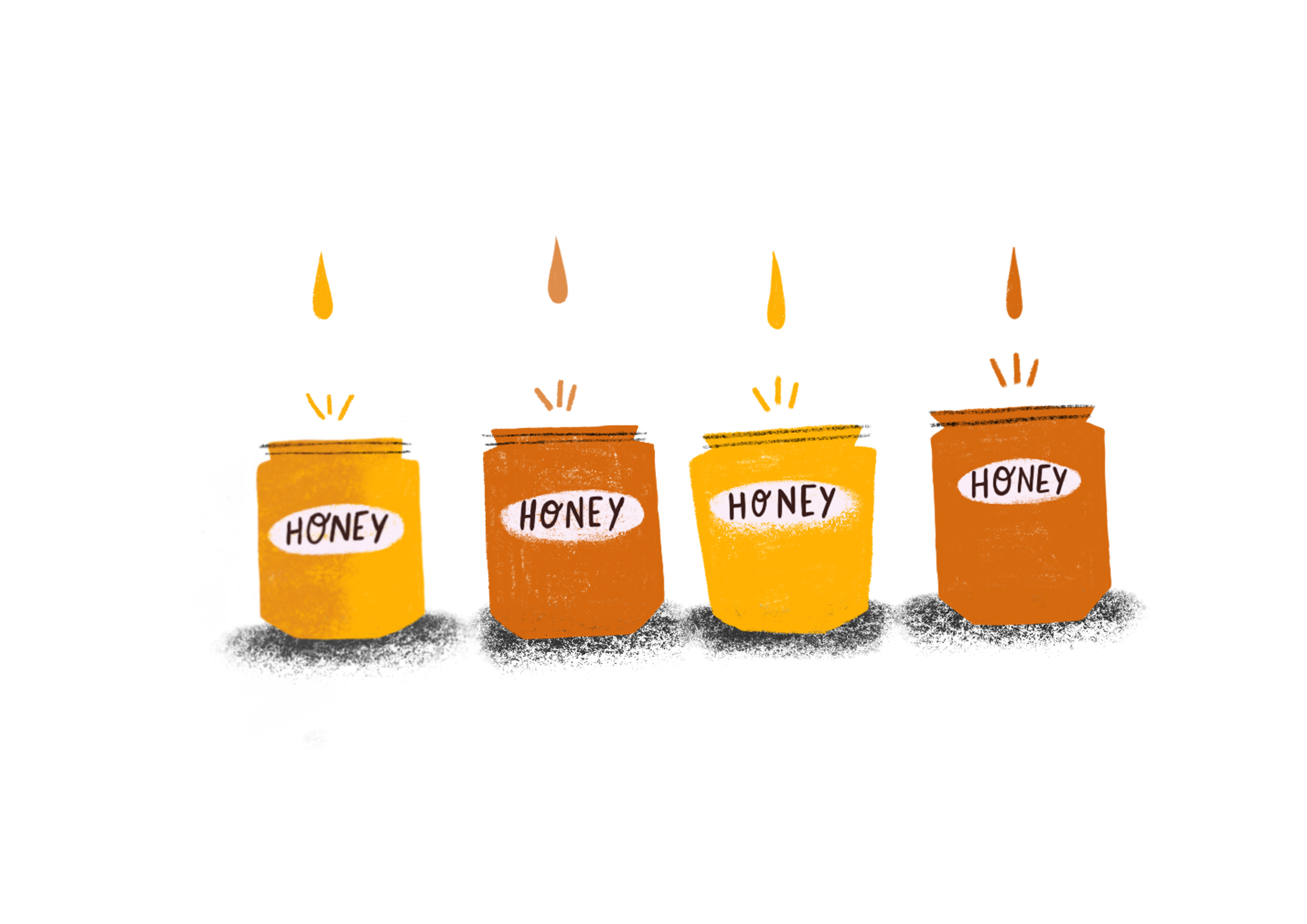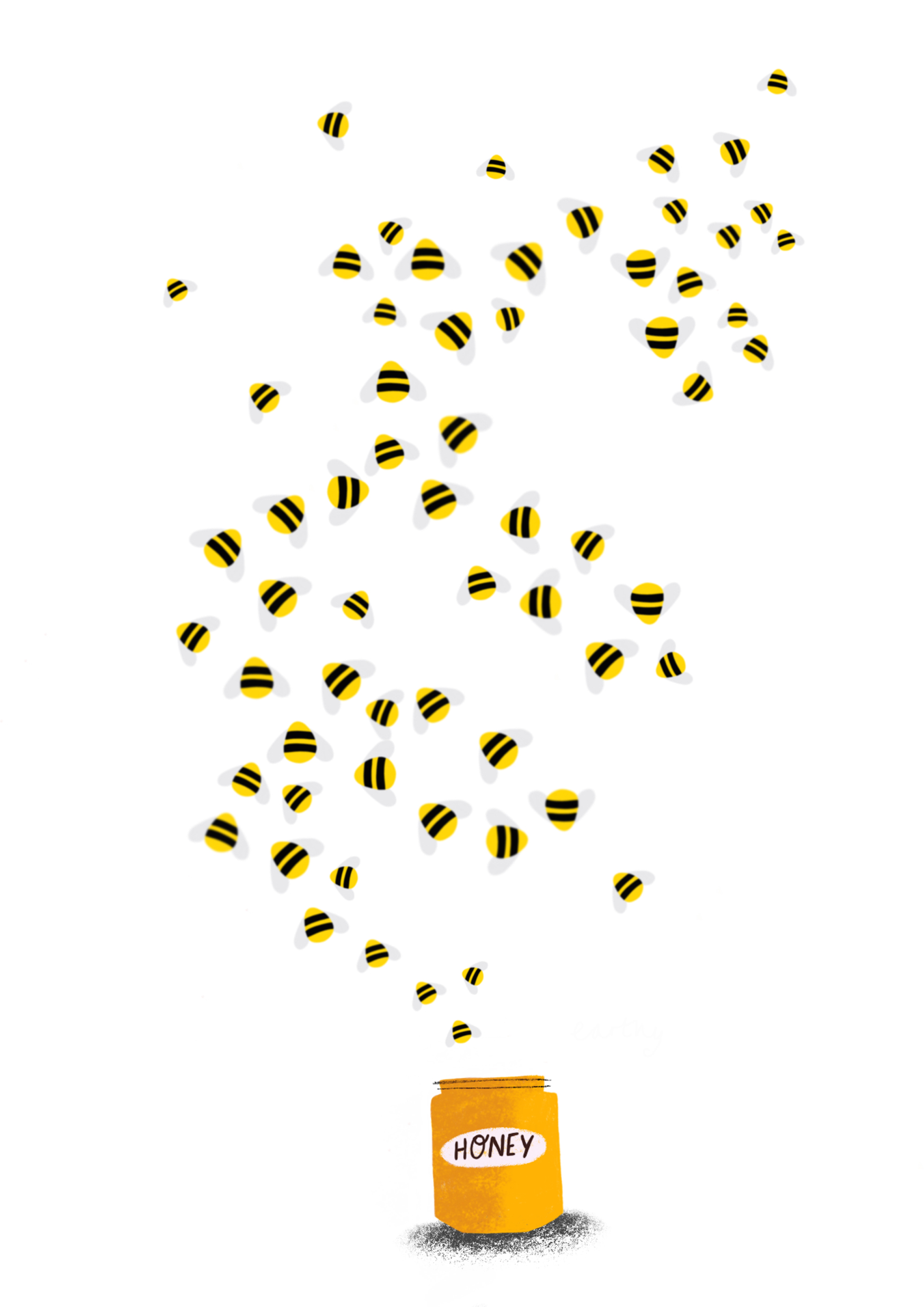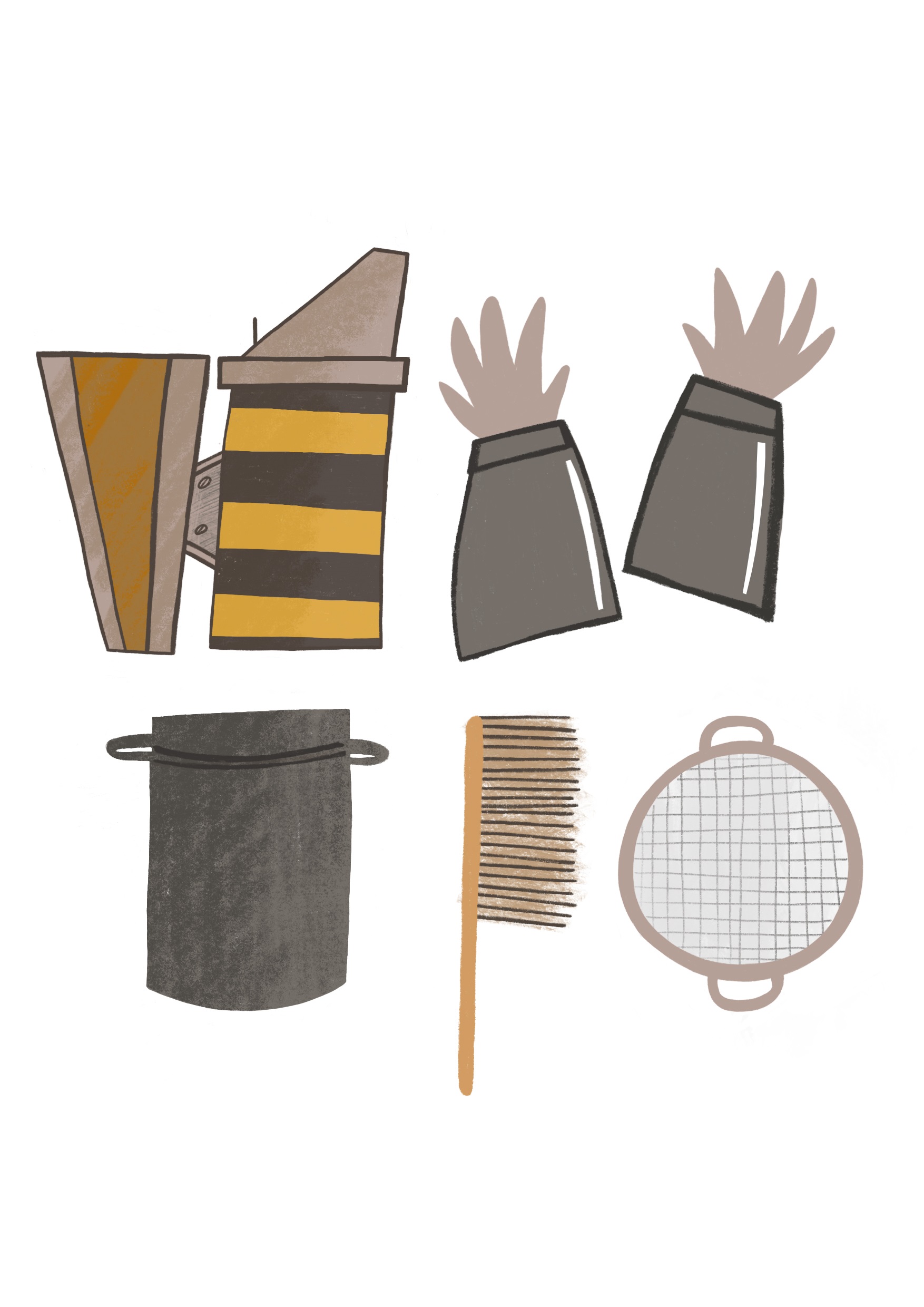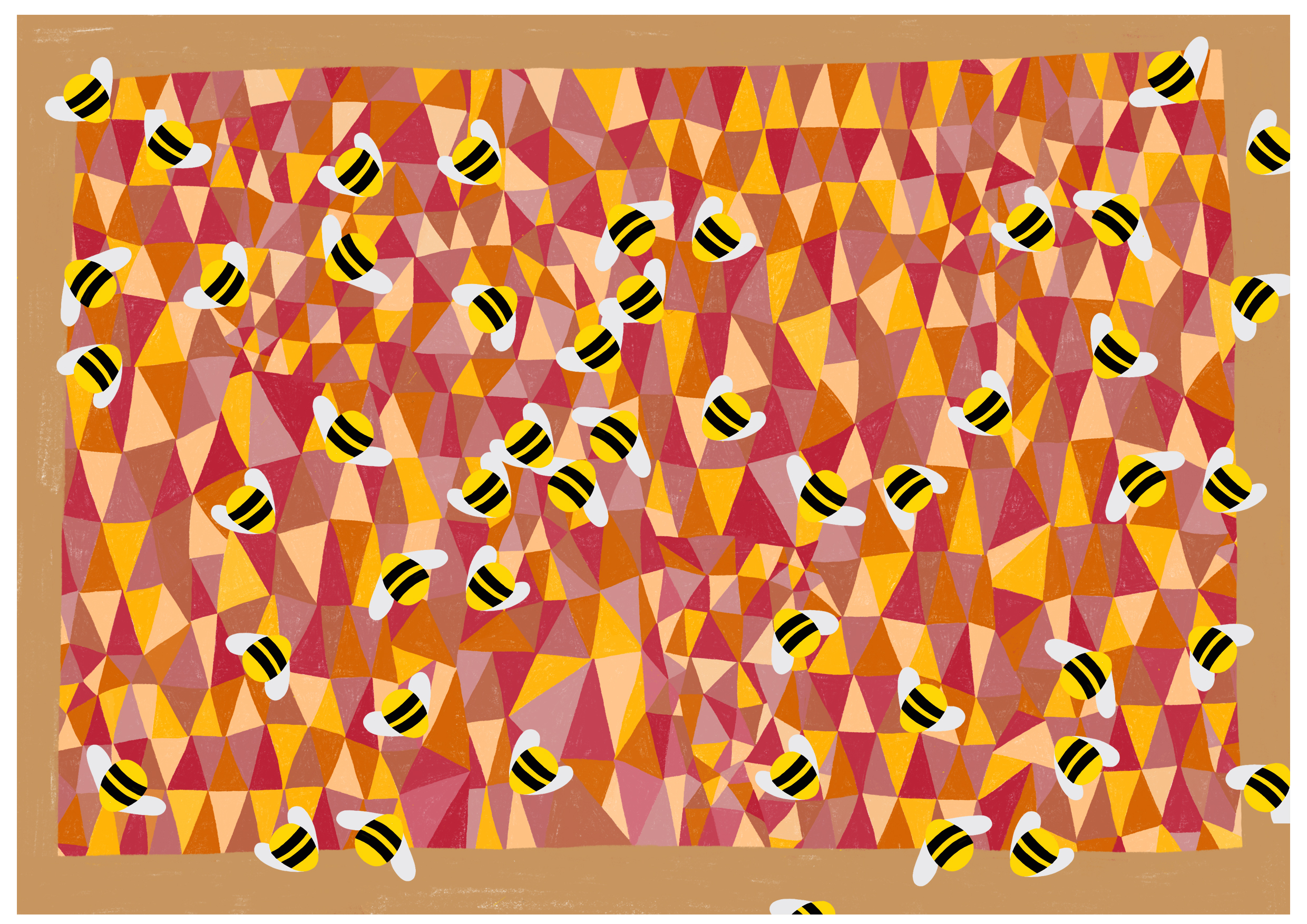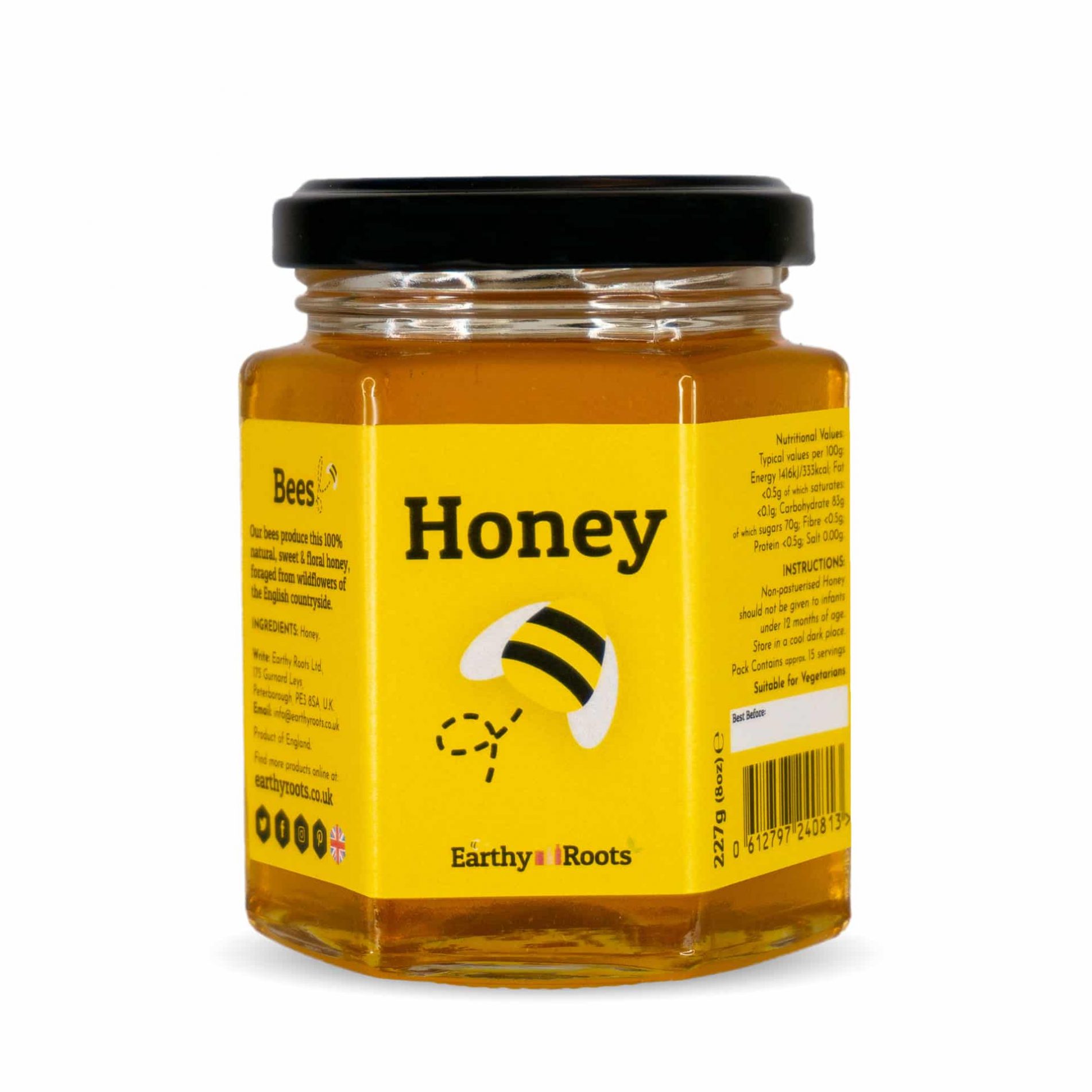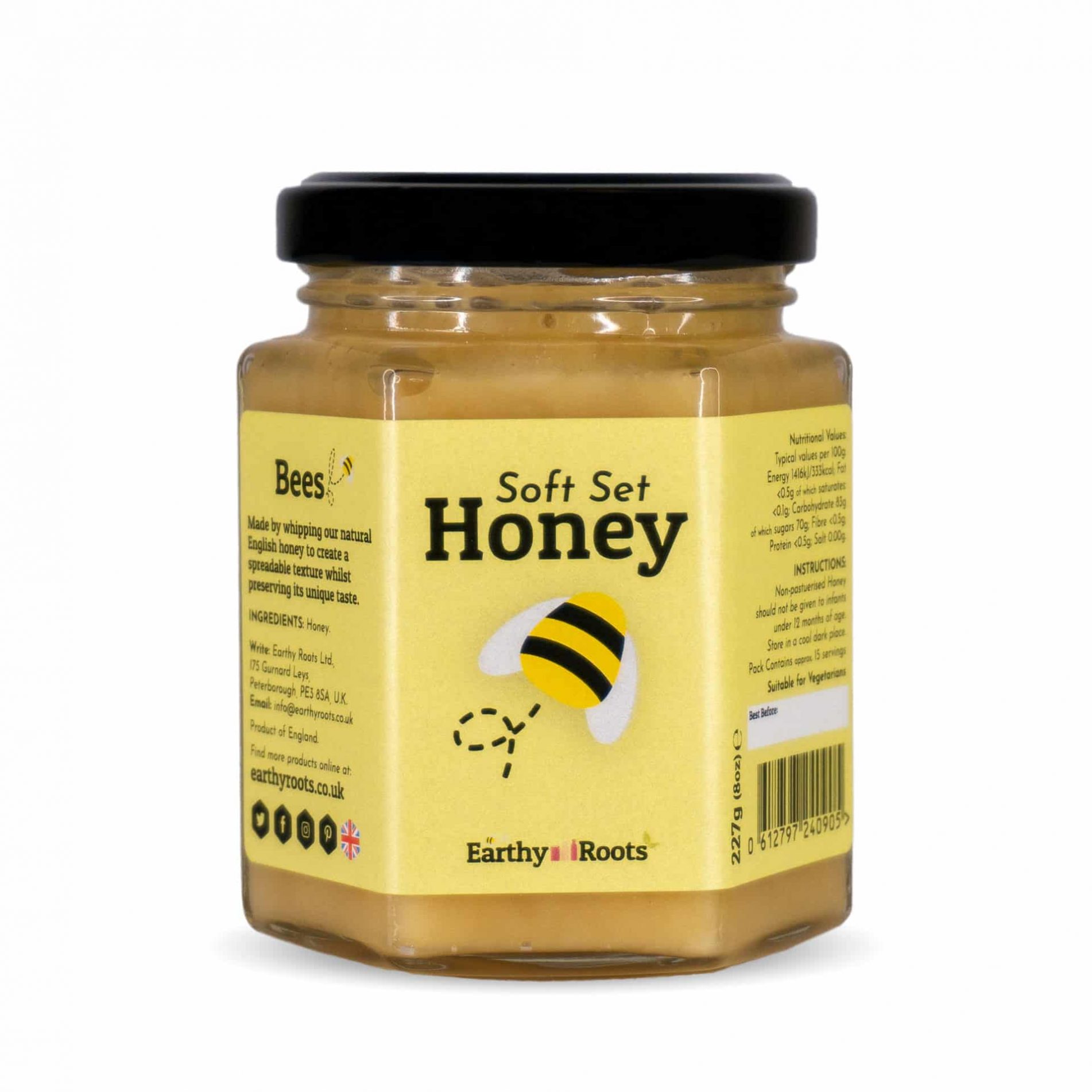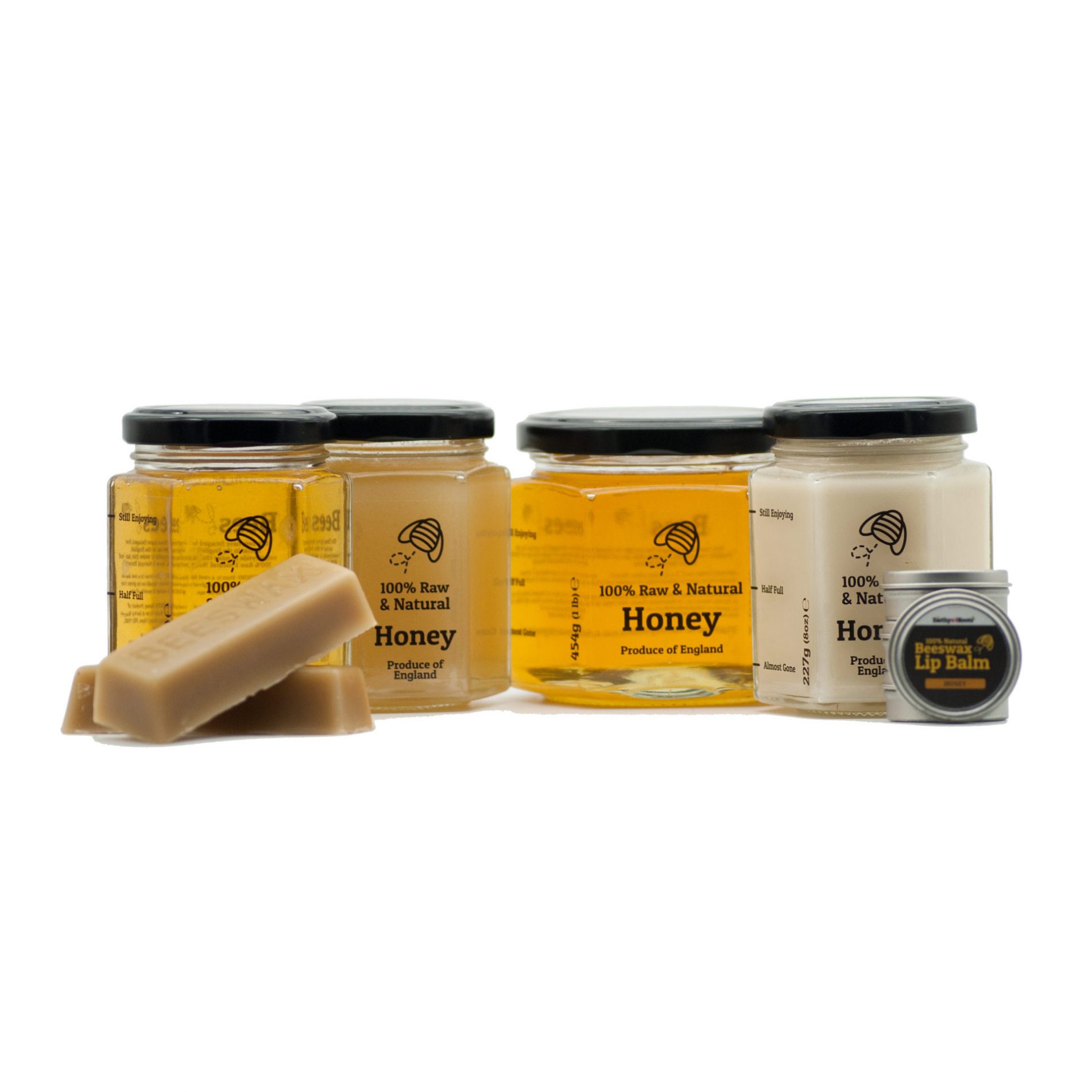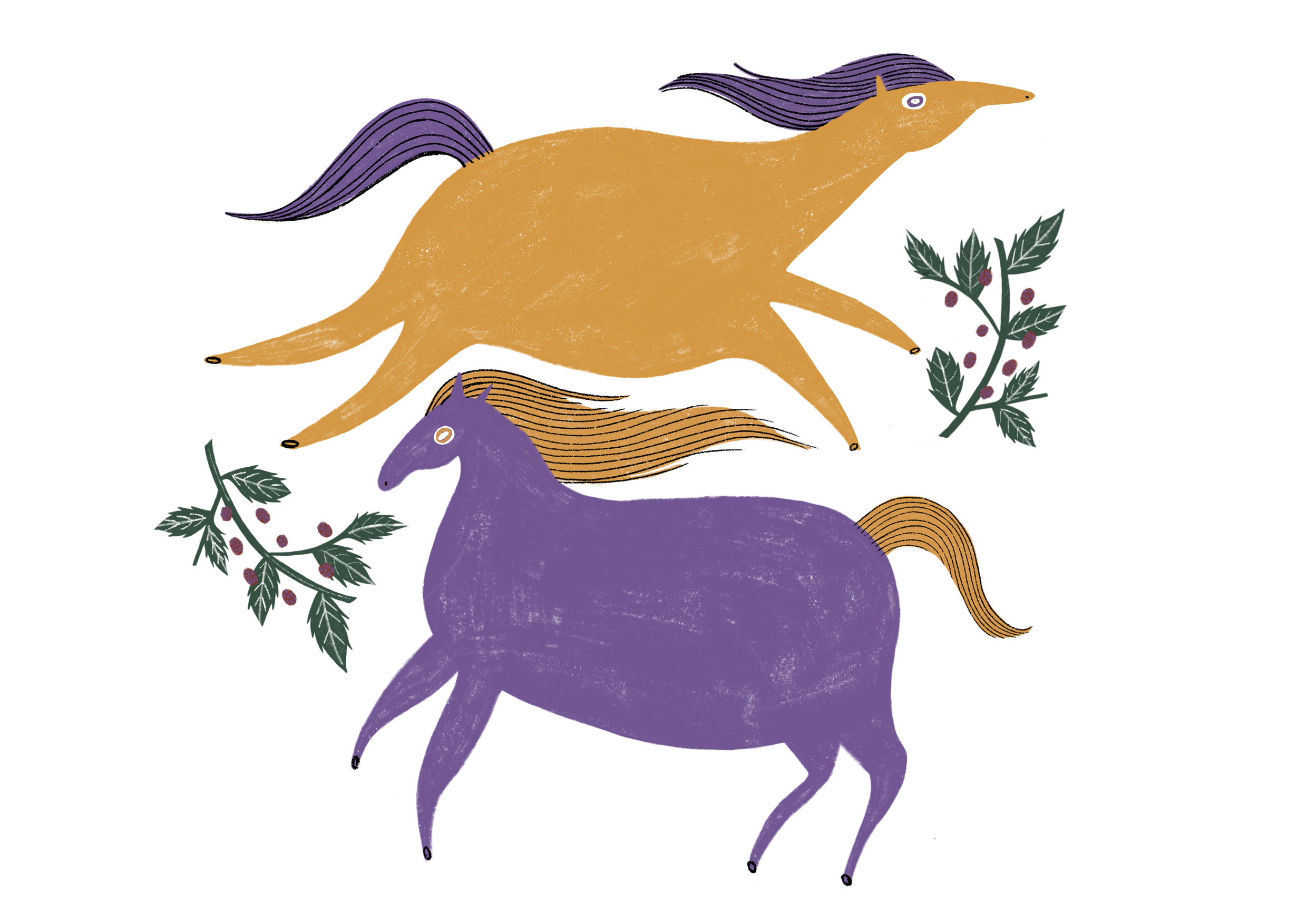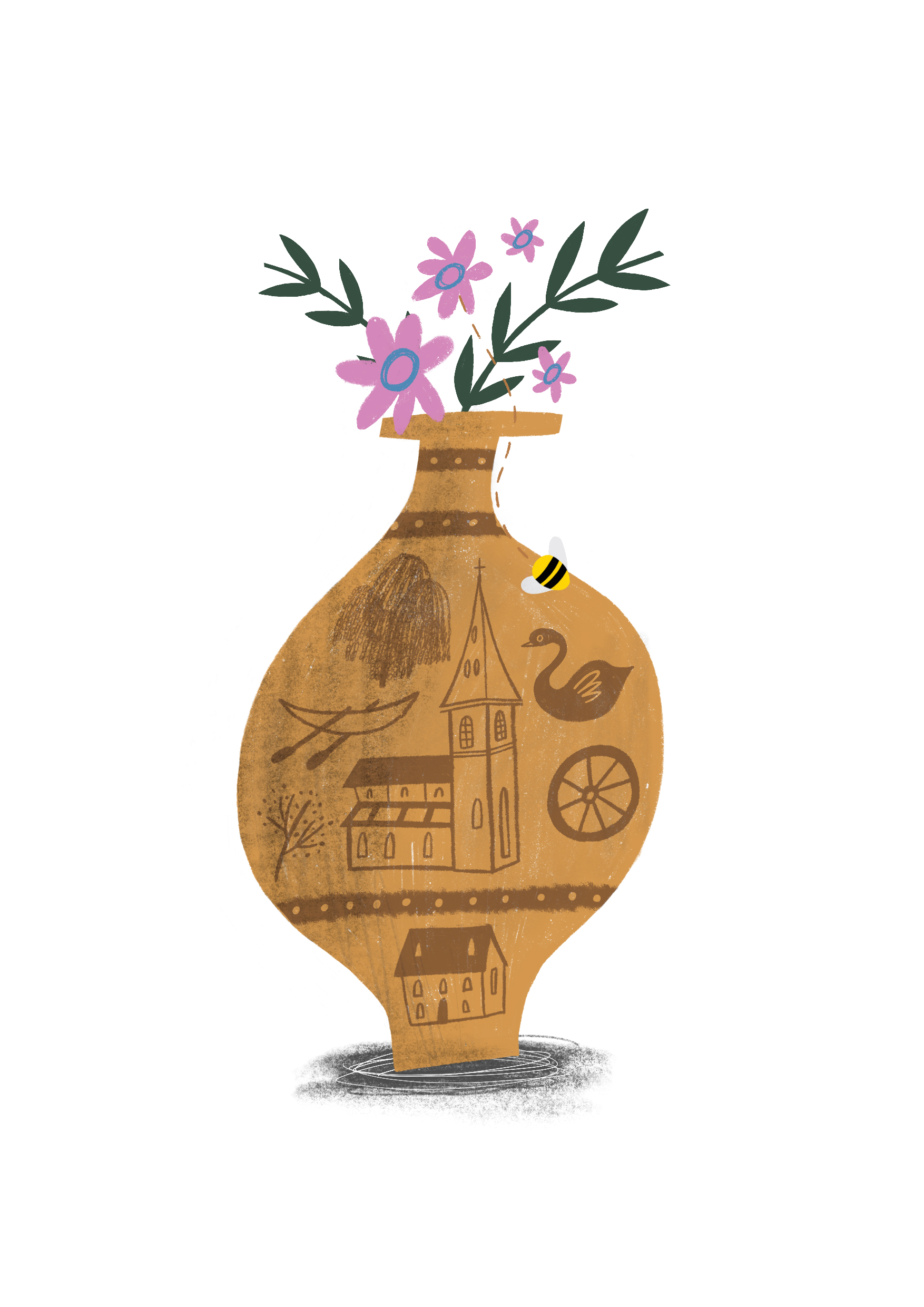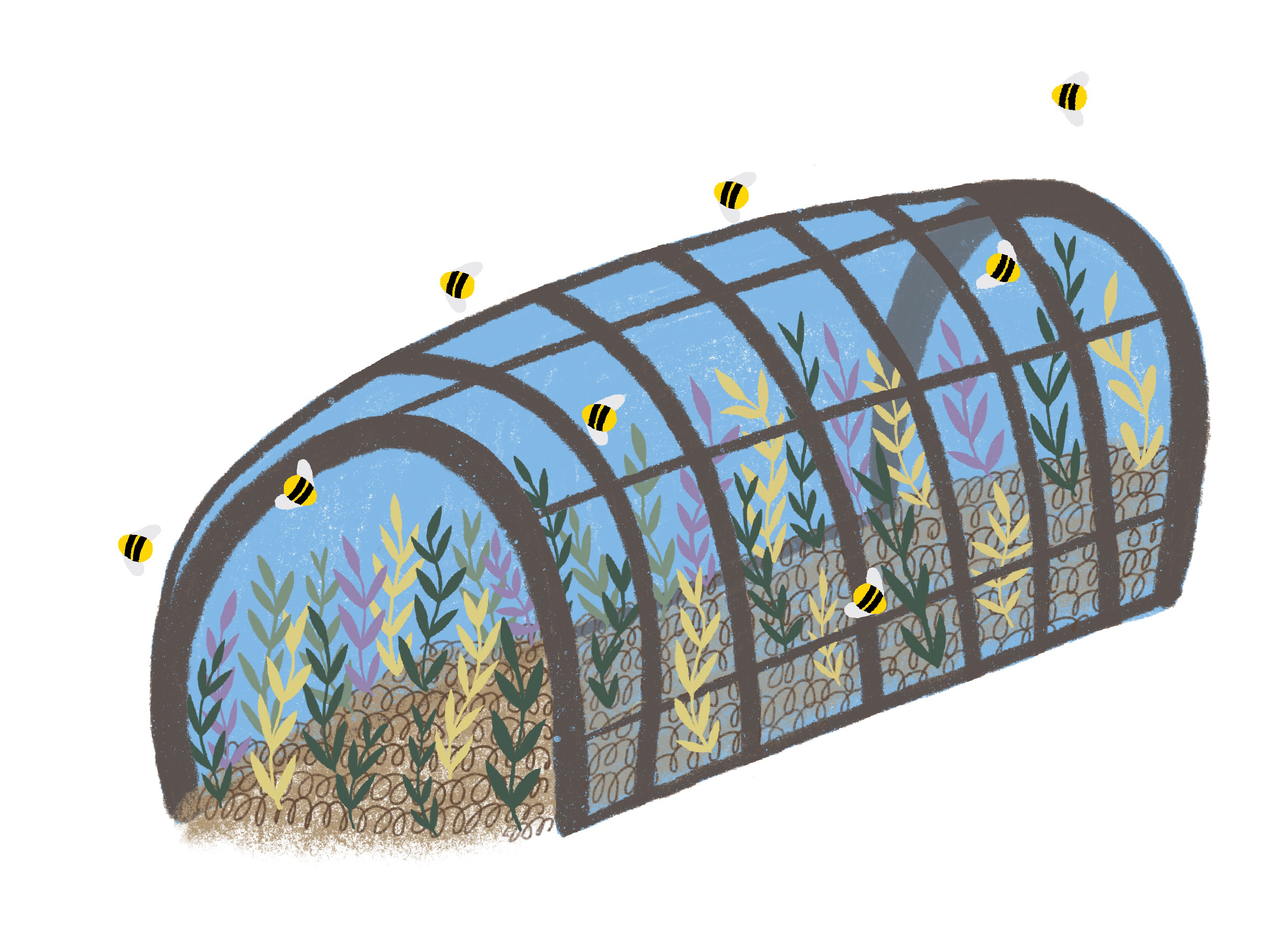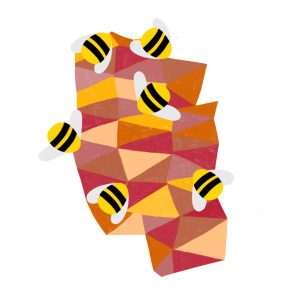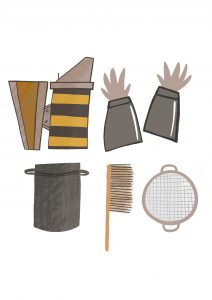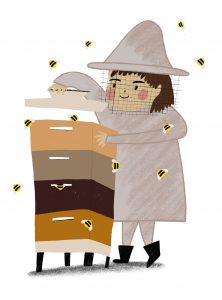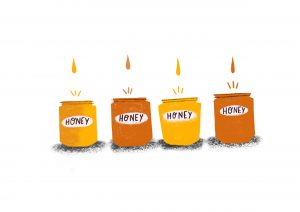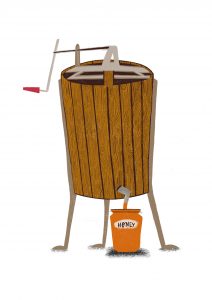Background to Bees!
Our products are created by bees from our own colonies. Try our local raw honey and you will love it as many customers already do. Our bees forage the Cambridgeshire countryside collecting nectar to produce distinctive natural local raw honey in addition to pollinating crops and wild flowers. Depending on the time of year and the hive location our bees can produce honey of varying taste and texture.
Our queens are marked according to the year and are replaced on average every three years to promote healthy and productive colonies. British Standard National Hives made from cedar with open mesh floors for ventilation and as a preventative measure to combat varora are our hive of choice.

